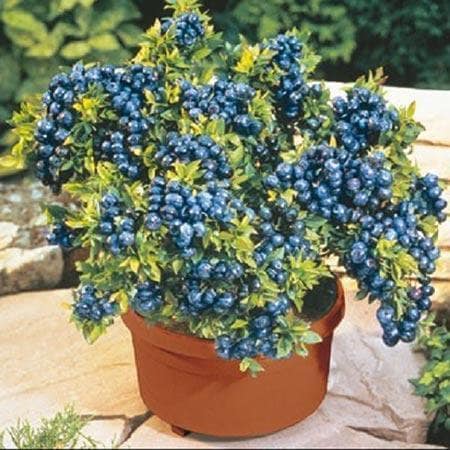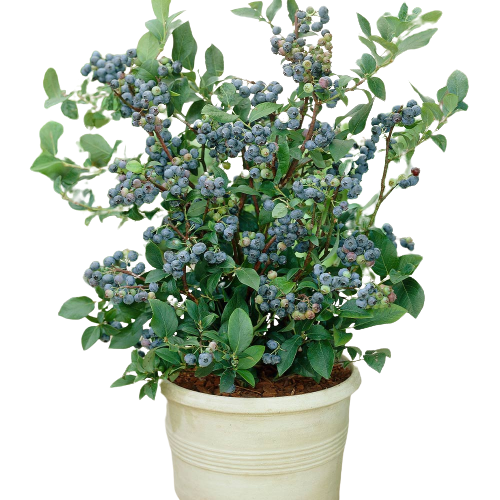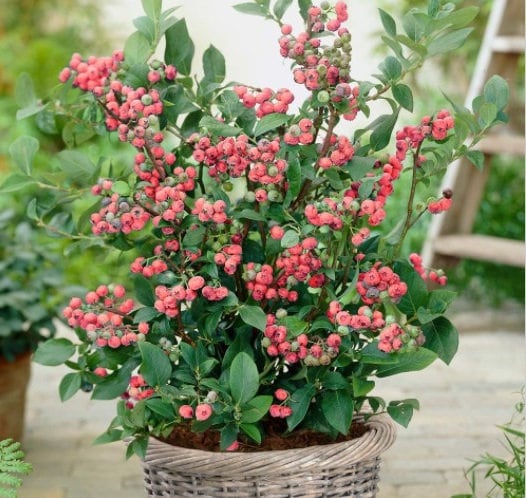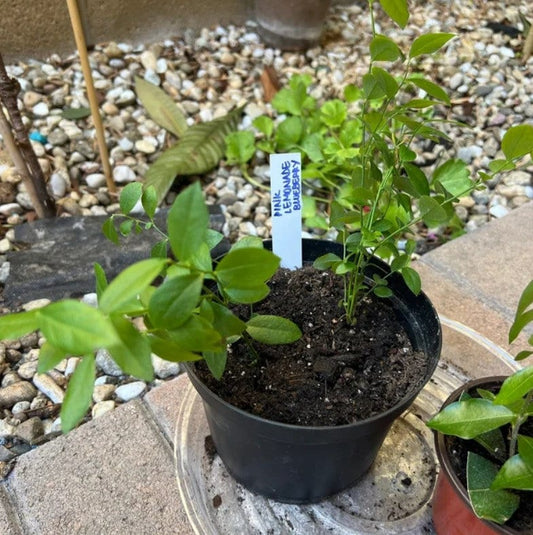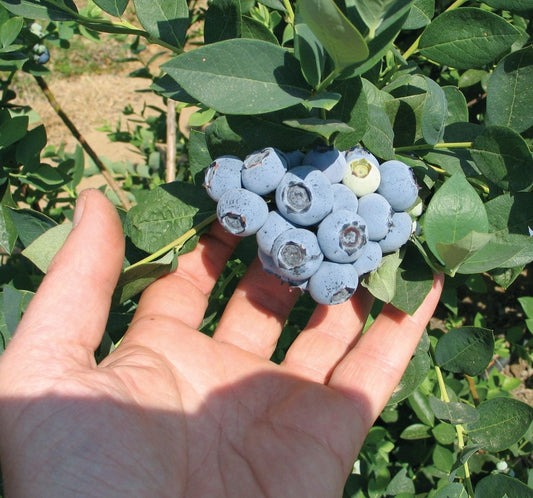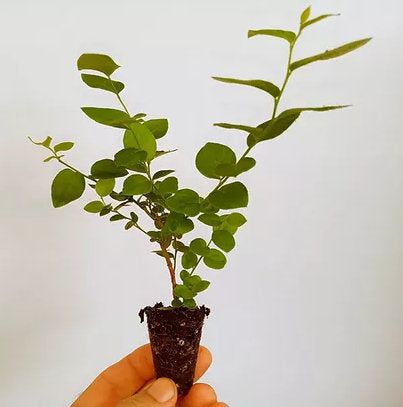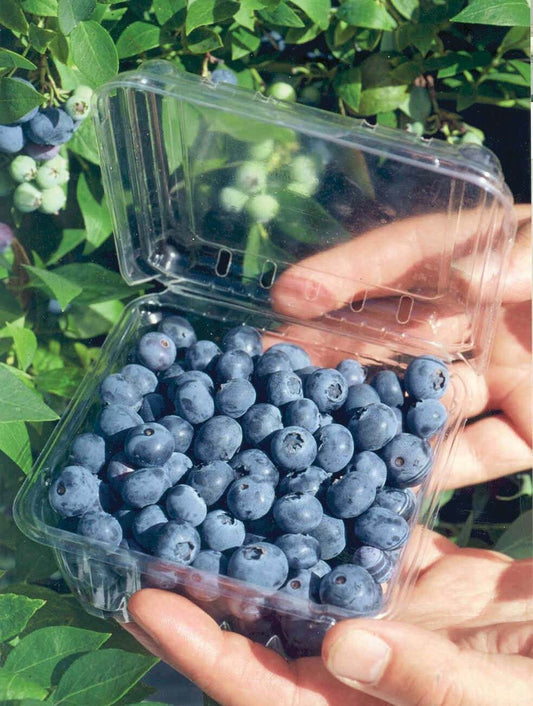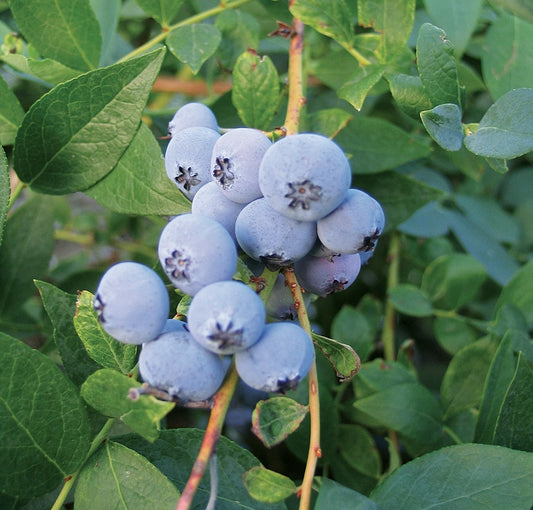A Royal Treat: Growing Windsor Blueberries in Your Garden
The Windsor blueberry, a variety revered for its large, sweet berries and robust growth, is a gardener's dream. This Northern Highbush variety excels in cooler climates, making it an excellent choice for those in regions with distinct seasons. If you're considering adding Windsor blueberries to your garden, you're in for a rewarding experience. This blog post will guide you through the essentials of nurturing Windsor blueberries from planting to harvest, ensuring you enjoy a bounty of this royal treat.
Selecting the Perfect Spot for Windsor Blueberries
1. Sunlight and Exposure: Windsor blueberries thrive in full sun. Choose a location in your garden that receives at least 6-8 hours of direct sunlight each day. Adequate sunlight is crucial for optimal fruit production and overall plant health.
2. Soil Requirements: These blueberry bushes prefer acidic soil with a pH between 4.5 and 5.5. The soil should be well-draining yet able to retain moisture. If your garden soil doesn't meet these conditions, consider creating a raised bed or using containers filled with a mix of peat moss, sand, and an acidic potting mix.
Planting Windsor Blueberries
1. Best Time to Plant: The ideal time to plant Windsor blueberry bushes is in early spring or fall. Cooler temperatures during these seasons make it easier for plants to establish without the stress of summer heat.
2. Planting Depth and Spacing: Dig a hole about twice as wide and just as deep as the root ball. If planting multiple bushes, space them 4-6 feet apart to ensure adequate airflow and room for growth. Mix some peat moss or sulfur into the soil to increase its acidity if needed.
3. Watering After Planting: Water your new plants thoroughly after planting to settle the soil around the roots and eliminate air pockets.
Caring for Windsor Blueberries
1. Watering: Windsor blueberries need consistent moisture, especially during their first few growing seasons. Water them regularly to keep the soil moist but not waterlogged. Mulching with pine needles or bark can help retain soil moisture and suppress weeds.
2. Mulching: Apply a 2-3 inch layer of organic mulch around the base of the plants. Mulch helps keep the roots cool, retains moisture, and gradually adds to the soil's acidity.
3. Fertilization: Use a fertilizer designed for acid-loving plants. Apply in early spring as new growth appears and again in late spring. Avoid over-fertilizing, as this can harm the plants.
4. Pruning: Annual pruning in late winter or early spring is essential for maintaining plant health and encouraging vigorous growth. Remove any dead or diseased wood, thin out crowded areas, and prune off low-lying branches to stimulate higher fruit production.
Harvesting Windsor Blueberries
Windsor blueberries typically ripen in mid to late summer. The berries are ready to pick when they are fully blue and detach easily from the bush. Taste a few berries before harvesting en masse to ensure they've reached peak sweetness.
Common Pests and Diseases
Be vigilant for signs of pests such as aphids or blueberry maggot and diseases like powdery mildew. Early detection and treatment are key to managing these issues effectively, using environmentally friendly methods whenever possible.
Conclusion
Growing Windsor blueberries can be a deeply satisfying endeavor, offering the dual delights of beautiful landscaping and delicious, healthful fruits. By providing the right care and conditions, you can enjoy abundant harvests of Windsor blueberries for years to come. Whether you're a seasoned gardener or just starting, the Windsor blueberry is a noble choice for adding a touch of royalty to your edible garden.
